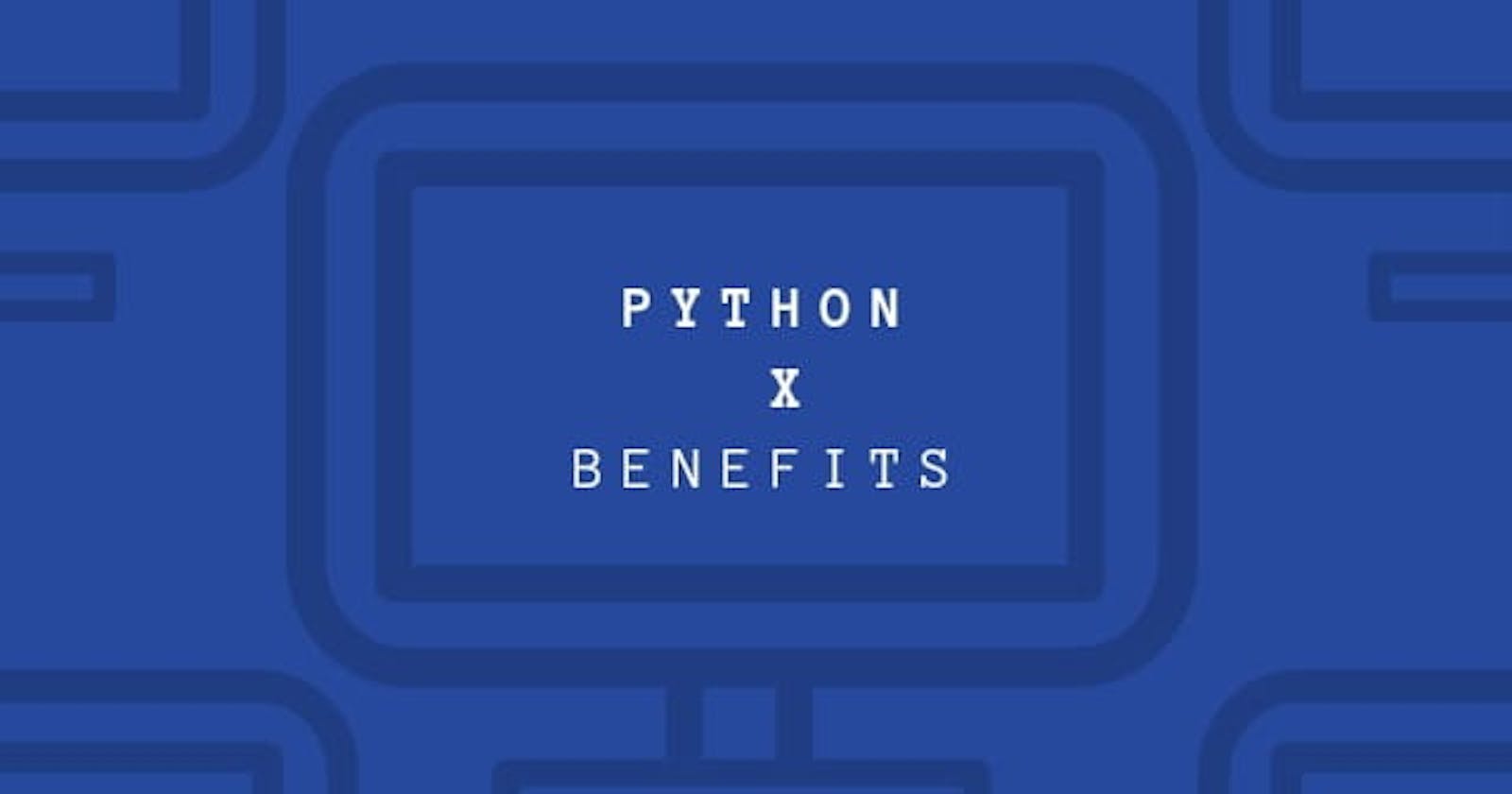Introducing Python x Benefits.
Introduction:
Python is a high-level, interpreted programming language noted for its ease of use, readability, and simplicity. Guido van Rossum first released it in 1991, and it has since become one of the world's most popular programming languages.
Python employs indentation to indicate code chunks, making it easier to read and understand than other languages that use brackets or keywords. A basic Python program that displays "Hello, world!" to the console is shown below:
print("Hello, world!")
In this example, we're going to use Python to print "Hello, world!" to the console. The 'print()' method is a Python built-in function used to output text to the console.
We begin the program with a remark. Python comments begin with the '#' character and are used to clarify what the code does. The Python interpreter ignores them and does not execute them as part of the program.``
[ ] Then, we use the 'print()' function to print the phrase "Hello, world!" to the console. The 'print()' method takes one input, which is the text to be output. In this case, we're passing the string '"Hello, world!"' as the argument.
[ ] When we run this program, Python will perform the 'print()' function and print the message "Hello, world!" to the console.
[ ] Python is an interpreted language, which means that the code is executed line by line rather than first being compiled into machine code. This allows for rapid code writing and testing without the requirement for a separate compilation phase.*
Examples of Python Syntax:
Printing a string to the console:
print("Hello, world!")
Declaring and initializing variables:
name = "John"
age = 25
pi = 3.14
Using conditional statements:
if age >= 18:
print("You are an adult")
else:
print("You are a minor")
Using loops:
for i in range(1, 11):
print(i)
Defining and calling a function:
def add_numbers(x, y):
return x + y
result = add_numbers(3, 4)
print(result)
Some of the fundamental building pieces of Python syntax can be seen in these examples. Variables can be defined and used, conditional statements can be used to regulate program flow, loops can be used to repeat code, and functions can be defined to encapsulate reusable code. These are all standard programming constructs that can be used to create complicated Python programs.
Benefits:
basic to Learn: Python has a basic and intuitive syntax that makes it simple for beginners to learn and understand. This means that developers can spend less time on grammar and more time on issue-solving Developer Community: Python has a large and active developer community that is continually generating new libraries and tools that can be utilized to tackle a wide range of problems. This implies that developers may readily access help and support when they need it.
Python is a versatile programming language that may be used for a wide range of applications, including web development, data analysis, artificial intelligence, scientific computing, and others.
Cross-Platform: Python is a cross-platform language that can run on a variety of operating systems, including Windows, macOS, and Linux.
Libraries: Python includes a large number of libraries and modules that can be used to conduct a variety of tasks. These libraries enable developers to create complicated programs without worrying about low-level details.
Productivity: Python's syntax is clear and easy to understand, allowing developers to produce code fast and efficiently. As a result, production rises and development times shorten.
In conclusion, Python is a versatile, easy-to-learn programming language with a large community and a plethora of libraries and tools, making it an excellent choice for developers. Its simplicity and ease of use make it an excellent choice for beginning programmers, while its variety and power make it a favorite among experienced programmers.
